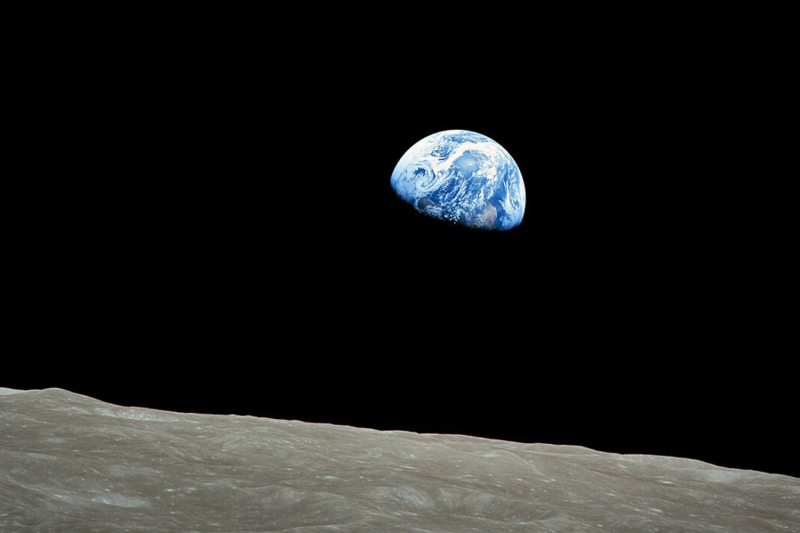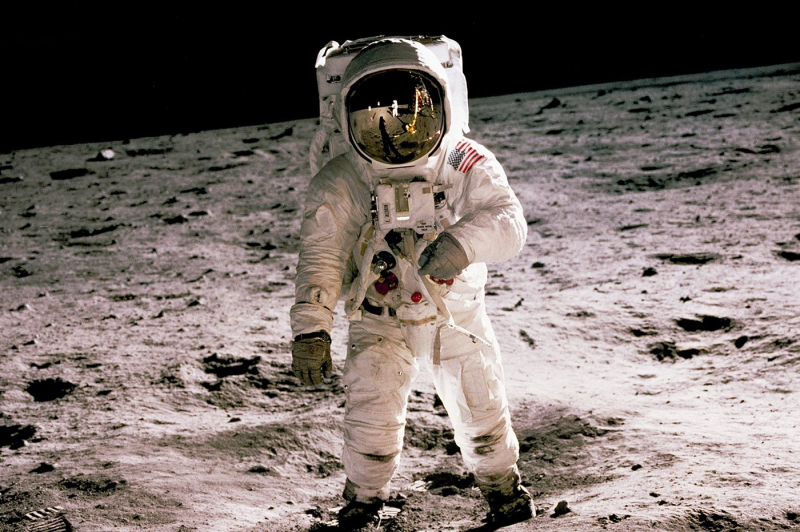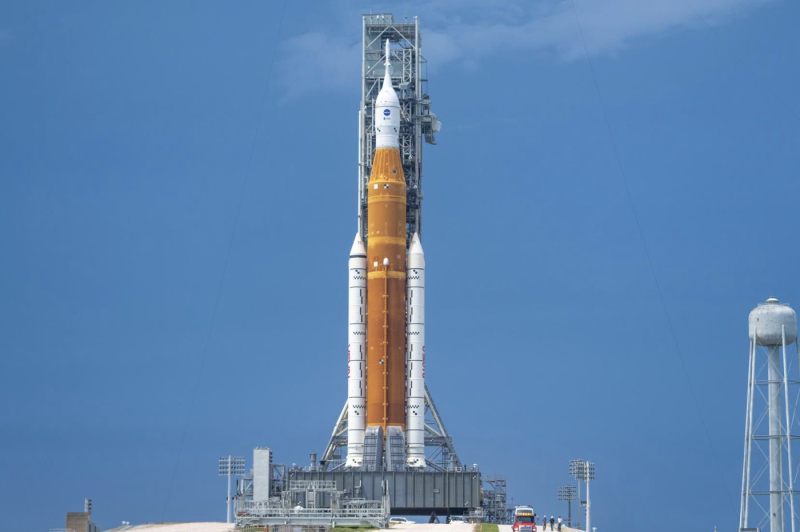
©NASA
This is one of the main arguments of the defenders of conspiracy theories. If NASA succeeded in landing on the Moon in 1969, with an on-board computer as powerful as our college calculators, why did the American space agency have so much difficulty reproducing such a mission in 2024, with all the technologies it has today ?
The question may seem legitimate, from an outside point of view, it seems much simpler to go to the Moon in 2024, with our knowledge of the Moon. space and space launches, than was the case in 1969 during the Apollo 11 mission which saw Neil Armstrong and Buzz Aldrin be the first humans to set foot on the lunar surface.
Apollo, a historic program, full of failures
The first explanation to justify the difficulties encountered by NASA today is to be found in this famous Apollo 11 mission. Indeed, the American space agency achieved during these few days of flights a true scientific and technical feat.
Apollo 11 marks the peak of the “space race” between the United States on one side and the Soviets on the other. The latter, who nevertheless had a head start on the Americans, never succeeded in bringing a manned mission to the Moon. The Apollo missions, and Apollo 11 first, were not a standard of scientific knowledge in the 1970s, quite the contrary.
These flights were demonstrations of NASA power, but they all carried their share of risk. Moreover, Apollo 13 never managed to land on the Moon and the mission came within a hair's breadth (in this case a sock) of turning into a tragedy.< /p>
Apollo 11, an extraordinary feat

© History in HD/Unsplash
Even the Apollo 11 mission, which the general public considers a masterful success of end to end by NASA, was not a walk in the park. During takeoff from the Moon, Buzz Aldrin had to use a pen to restart the engines because the switch was broken.
All Apollo missions are accompanied by adventures, the Saturn V rocket of the Apollo 12 mission is hit by lightning 30 seconds after takeoff, leading to a general power cut in the rocket.
If the mission then went off without a hitch, this is not the case every time. During the Apollo 1 mission, a few days before the official launch, a fire broke out in the module. In less than 15 seconds, flames engulf the ship and radio communications cut off. The three astronauts, present on the scene for tests, died instantly.
Safety first
Going to the Moon is therefore a perilous mission, in the 60s NASA was aware of these dangers, but in its fight against communism and the USSR, it was ready to make sacrifices to achieve its goals . Today, times have changed. The American space agency cannot/will not take the slightest risk with its astronauts.
It is to make security protocols ever stricter that the American space agency is having so much difficulty in carrying out manned missions to the Moon. NASA could take over the Saturn V plans and return to the Moon as Neil Armstrong did in 1969, but that would pose an immense risk to the lives of the astronauts on board.
A technical challenge
Because despite all the technical advances made by NASA and the space world in general in recent decades, landing on the Moon remains an extraordinary feat. The best way to see this is to look at the latest mission attempts towards our satellite.
Very recently (in 2024) the private probe Pérégrine, although funded by NASA, was to take the direction of our satellite, but a propulsion problem made the mission impossible. A few months before, it was the Japanese probe Hakuba which attempted to land on our satellite. After weeks in orbit, the probe began its final descent, but it arrived too quickly and crashed during landing.
Still in 2023, it was Russia and its space agency Roscosmos which tried to reach the Moon. Here again the mission failed during landing, the Luna-25 probe failed to reestablish communications after its descent, probably due to a crash.
Apollo and Artemis, two different programs

NASA's SLS rocket which should take astronauts to the Moon © NASA
Finally, the last reason which explains the difficulties encountered by NASA in its journey to the Moon can be found in its missions. With the Artemis program, desired by President Donald Trump, NASA is making a real leap forward compared to the Apollo missions of the 1970s.
It's not just a matter of landing on the Moon and returning safely. NASA aims to bring astronauts to the surface of our satellite for long-term missions, with the construction of a habitable base both in orbit (the future Gateway) and on lunar soil. .
This change in scale makes each mission more complex than the next. To give you an idea, the Apollo 11 mission made it possible to carry out two hours of extra-vehicular spacewalk. The Artemis 3 mission alone, which must reach the Moon in 2026, should have 5 times more.
📍 To not miss any news from Presse-citron, follow us on Google News and WhatsApp.

